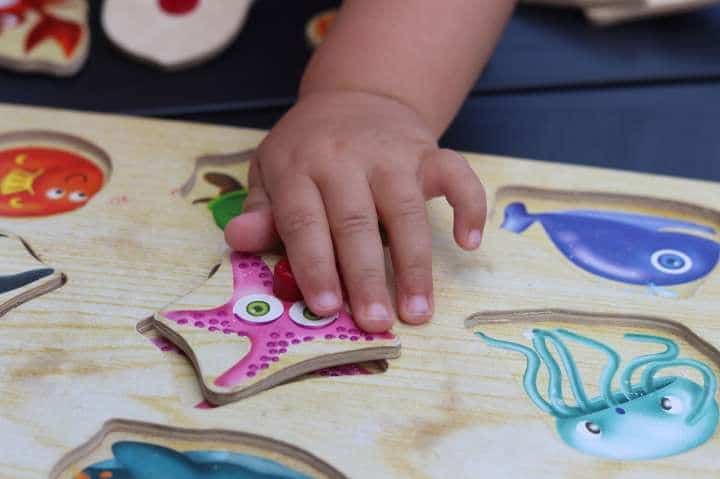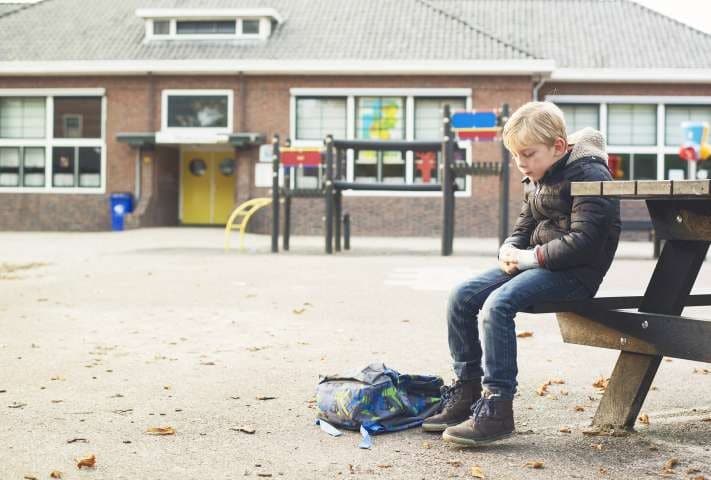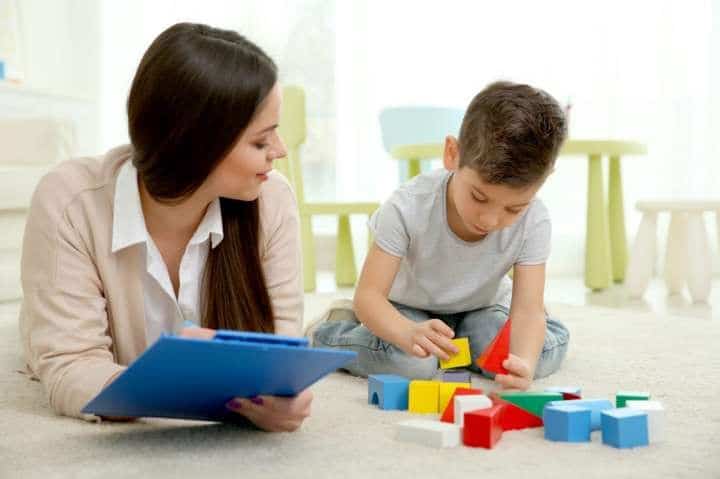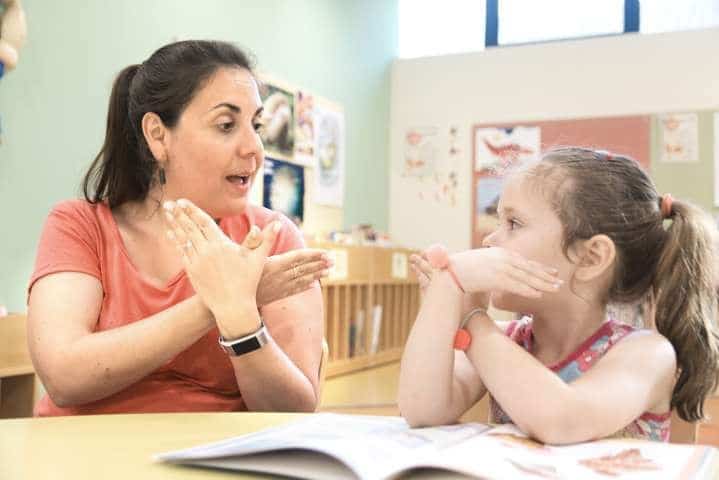DRA vs DRO – How Differential Reinforcement is Used to Help Change Behaviors

The DL on DRAs and DROs – Using Differential Reinforcement to Help Change Behaviors Home Written By: Marie Stankov, BTReviewed By: Tara Karen, M.S. Ed, BCBA, LBA When we think about fairytales, we think about a prince saving the woman of his dreams and living happily ever after. It can be assumed that the prince and princess […]
ABA Examples and Techniques

ABA Examples and Techniques Home Witten By: Mariela Tapia-Hernandez M.Ed., RBTReviewed by: Melanie Bren, M.Ed., BCBA, LBA Applied Behavior Analysis (ABA) is a therapy based on the science of learning and behavior. Behavior analysis helps us understand how behavior works and how it can be affected by the environment. What is ABA Therapy? ABA therapy involves various techniques for […]
The Difference Between Social Awkwardness and Autism

In today’s society, communication is the driving force for human relationships and opportunities. Unfortunately, having good social skills is not something that occurs effortlessly for everyone—many teens struggle with social interactions at school or in the community, which can make it difficult for them to build friendships and communicate their needs and wants with others. Some teens may also face extreme challenges with socialization that can lead to lower self-esteem and depression.
The Best Things Parents Can Do For A Child With Autism

According to the CDC, in 2020 1 in every 54 children in the United States is diagnosed with autism spectrum disorder (ASD) Any parent or caregiver wants to ensure they are taking the necessary steps to ensure that their child with an autism spectrum disorder diagnosis has the best opportunities to thrive and the support that sets them up for success. There is an infinite list of ways to benefit a child on the autism spectrum and having the care to explore options is a great way to start!
Examples of ABA Therapy for Autism

ABA, or applied behavior analysis is considered to be the most optimal form of treatment for children diagnosed with Autism. This can mean a lot of things, however, as there are various different forms of ABA and how it is used as treatment. Examples of ways that ABA therapy is implemented is through discrete trial training (DTT), errorless teaching, and natural environment teaching (NET).
ABA Therapy at Home, Benefits and What to Expect

Applied behavior Analysis (ABA) is an evidence-based treatment for individuals diagnosed with Autism Spectrum Disorder. ABA is used to teach children with developmental delay complex skills such as communication, play, and social skills. Continuous data-driven research on ABA therapy has demonstrated the benefits of helping reduce challenging behaviors by implementing positive reinforcement. Therapy can take place in various settings such as schools, day centers, and homes.
Once a child has received a professional medical diagnosis, the family may begin to seek ABA services. One of the first steps is speaking with a board-certified behavior analyst (BCBA) to discuss the process of treatment for your child. A BCBA will be able to answer questions or concerns about ABA therapy.
What is ABA therapy for Children with Autism

Concerns over the treatment of autism have become progressively widespread amongst society today. Autism spectrum disorder (ASD) most commonly referred to as autism is a developmental disability that can cause social, communicative and behavioral deficits. Autism does not have any official physical symptoms, but researchers have found craniofacial anomalies in individuals diagnosed.
Autism is commonly described as a spectrum disorder because of the wide range of symptoms experienced by individuals. Some individuals can function independently whereas others may need substantial support to perform daily living activities. No one diagnosis of autism is identical, and it is important for people to avoid generalizations when interacting with a person that has autism.
Teaching Kids with Special Needs

Teachers and parents of children with special needs must take an individualized approach to education. In order for these special children to truly learn, we must first understand what they are capable of accomplishing. Each child’s educational capacity is different, so it is important to be understanding and supportive of the child’s unique abilities. When teaching kids with special needs, avoid making harsh judgments or comparisons to other children.
This can lead to the child being discouraged and unmotivated in school matters. It is important for the student to learn in a supportive and blame-free environment. Children learn best in a work area that is free of distractions, judgment, and noise. This may require creating a personal study space, providing ear plugs and removing all disturbances (iPad, cellphone, TV) before the child begins to study.
Understanding ADHD in Children and Adolescents

ADHD (attention deficit hyperactivity disorder) is a neurodevelopmental disorder commonly diagnosed in children and adolescents. Common symptoms include impulsivity, inattention, and hyperactivity. Many of these symptoms make it difficult for children to pay attention in school and to focus on a given task.
They may be perceived as disruptive, disobedient, and troublesome by teachers, parents, and other students. Children with ADHD are often unfairly labeled with negative terms such as “dumb, “difficult”, or “lazy”. Many people assume children displaying these behaviors are simply not trying or there is a lack of discipline by parents.
These assumptions are baseless as ADHD is a brain-based condition that affects the ability to control attention and impulsive behaviors. Punishing a child with these symptoms instead of offering assistance and support will most likely lead to an increase in challenging behavior.
What is Autism Caused By?

One of the many questions parents ask themselves once their child is diagnosed with autism spectrum disorder (ASD) is “Did we do something wrong? What caused this?” While it is understandable that parents and caregivers want to hear concrete answers, there isn’t a definitive one at the time. The behavioral differences of many individuals with autism are so apparent that it seems intuitive that the causes would also be obvious.



